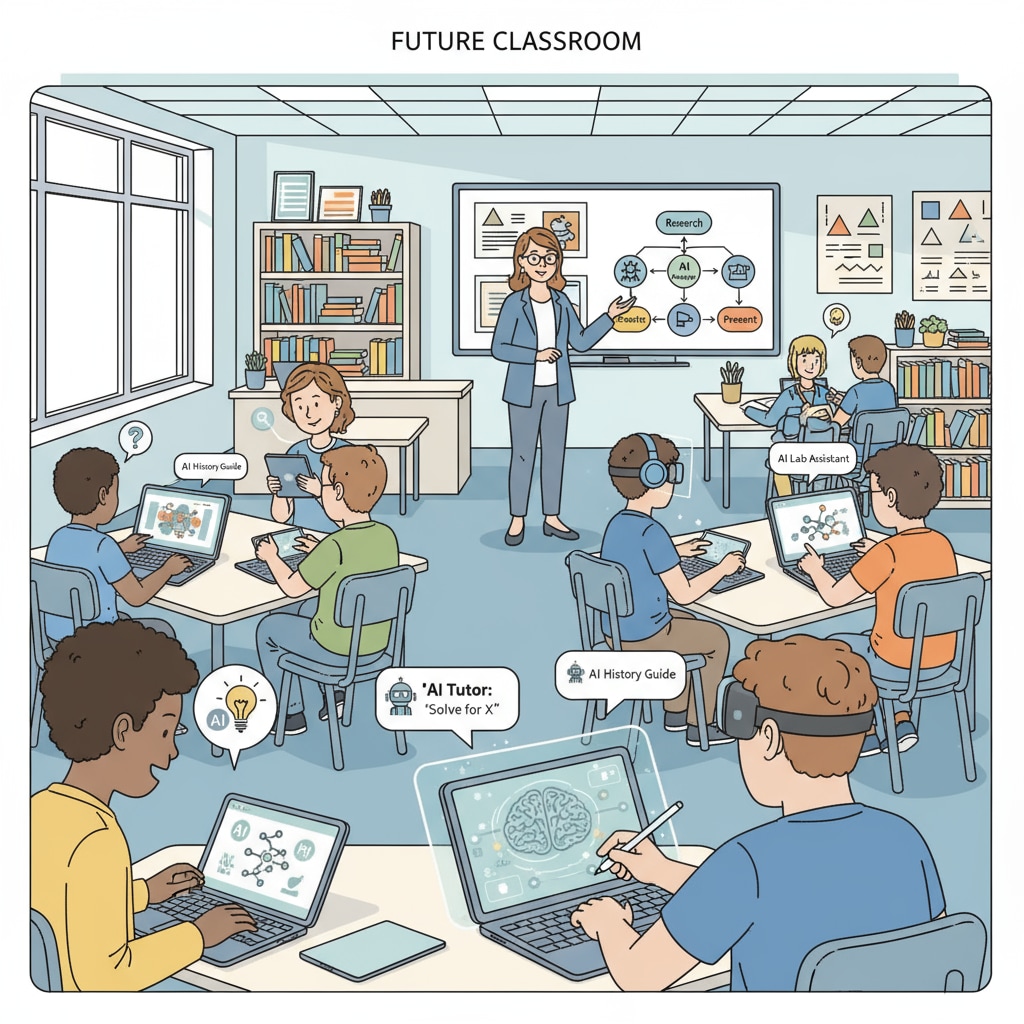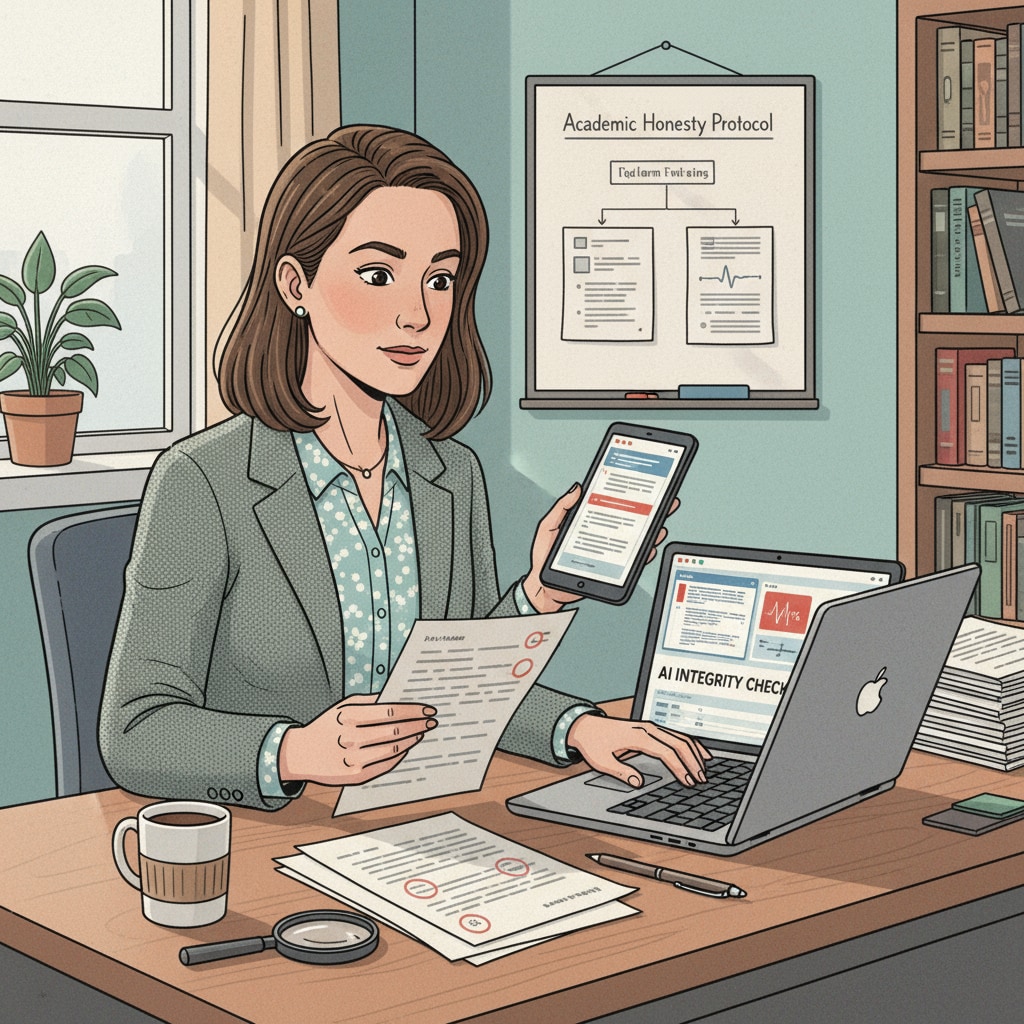AI policies, academic integrity, and educational fairness are hot topics in K12 education as artificial intelligence becomes increasingly integrated into the learning environment. The rise of AI tools has brought about a wave of change, offering new opportunities for students to learn, but also presenting significant challenges that schools and educators must address.

The Influx of AI in K12 Education
AI has made its way into K12 classrooms in various forms. From intelligent tutoring systems that adapt to individual student needs to language translation tools that break down language barriers, the potential for enhanced learning seems vast. For example, some schools are using AI-powered platforms to provide personalized learning paths for students, tailoring the curriculum to their strengths and weaknesses. As a result, students can receive more targeted instruction. However, this technological influx also raises questions about academic integrity. Artificial intelligence in education on Wikipedia
Academic Integrity Concerns
One of the major issues is the potential for students to use AI to cheat. With AI writing tools capable of generating essays and answers to assignments, it becomes difficult to determine if the work submitted is truly the student’s own. This undermines the principles of academic integrity. Educators now face the challenge of differentiating between work produced by students and that generated by AI. Therefore, schools are in need of clear policies regarding AI use. Academic integrity on Britannica

Educational Fairness in the Age of AI
Another aspect to consider is educational fairness. Not all students have equal access to AI tools. Socioeconomic factors can play a role, with students from more affluent families having better resources and access to advanced AI technologies. This creates a digital divide within the classroom, potentially widening the gap between students. In addition, students with different levels of digital literacy may also be at an advantage or disadvantage when it comes to using AI in their studies. Thus, efforts must be made to ensure that all students can benefit from AI without exacerbating existing inequalities.
To address these issues, schools need to develop comprehensive AI policies. These policies should clearly define what constitutes acceptable and unacceptable use of AI in the learning process. They should also provide guidance on how to detect and address instances of AI-assisted cheating. Moreover, educators should be trained to incorporate AI into their teaching in a way that promotes authentic learning and skill development. By doing so, students can enjoy the benefits of AI while still maintaining the integrity of their education and ensuring fairness for all.
Readability guidance: The article uses short paragraphs to present ideas clearly. Lists could be used in future sections to summarize key points. The passive语态 is kept to a minimum, and transition words are used throughout to enhance the flow of the article.


